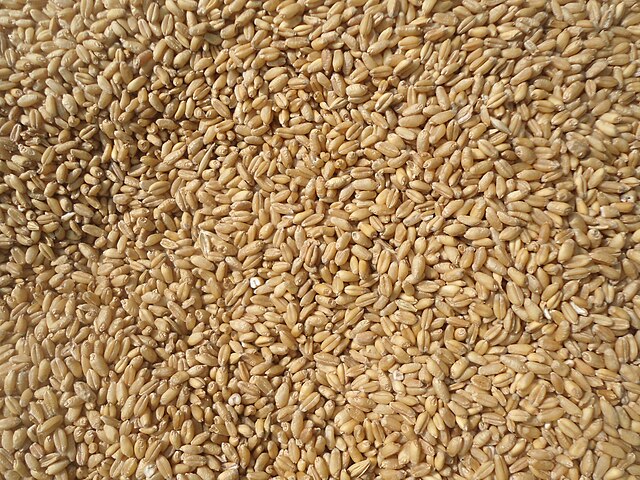Marginal losses in wheat rates by $4 a tonne week-on-week continue to hound Russia into early September 2025, reprising July lows.
Wheat with 12.5% protein softened to $228-230 a tonne under free-on-board (FOB) export terms, per the SovEcon agency.
Earlier in July, Russia had exported 2.5 million tonnes amid low quotations, the steepest monthly export drop since 2008. This was significantly below July 2024’s export volume at 3.67 million tonnes.
The quantity decline attended a belated harvest from weather vagaries, with preliminary production 60% lower than usual in some areas.
By mid-August, however, it appeared that farmers were beginning to court surpluses, causing them to wilfully lower domestic prices.
The cereal sold at 14,000 rubles ($165.34) a tonne early September, a decline by 575 rubles ($6.79) from mid-August’s rates.
This has had an effect on export prices, which winded down on possible surplus concerns worldwide.
Global Wheat Surplus Vs. Rates
By July 2025, global production had hit a record 800.1 million tonnes via harvests in mainly India, the European Union and Argentina.
At that time, scattered export shortages in Russia and the United States owed to early harvest pressures of spring wheat.
Since then, localized shortages have ebbed, coinciding with the near-completion of especially the American harvest.
International prices rallied on September 7 after the U.S. Department of Agriculture (USDA) reported 85% of spring wheat reaping as over. Futures prices at the Chicago Board of Trade (CBOT) for soft red wheat surged to $5.05/1/3 a bushel.
But in Russia the price situation remains grim due to the “unknowns” of production, unlike in the record 2023 harvest.
Into early September, the federation’s price was still courting the early July low of at least $228 a tonne.
This is ultimately disappointing for traders because local wheat normally sells well in September after overcoming the bearish July-August surpluses. Perhaps the late start to the current harvest has spilled the pressure on wheat rates into traditionally good months. The statistics below take the fight further by examining one of the world’s top wheat producers and shippers.
Russia Wheat Statistics
Russia is among the three biggest wheat producers worldwide, ranking third in 2024 just ahead of Australia. Also in 2024, the country ranked fourth in worldwide wheat shipments at $4.9 billion (10.3% global share).
Production in the 2019-23 half-decade fluctuated between over 74 million tonnes (2019) and above 104 million tonnes (2022). The below table by the FAOSTAT illustrates the period’s output and acreage:
| Year | Production [tonnes] | Acreage [Ha] |
| 2023 | 91,500,000 | 28,830,000 |
| 2022 | 104,233,944 | 29,354,766 |
| 2021 | 76,060,948 | 27,918,333 |
| 2020 | 85,896,326 | 28,864,312 |
| 2019 | 74,452,692 | 27,558,617 |
Do people in Russia consume much wheat?
Russia is one of the biggest wheat consumers by volume and by per capita, globally. In 2022, the country ranked 5th in consumption quantity at 20.197 million tonnes, behind China, India, the U.S. and Pakistan. A rival tally by the Commodity Board Europe puts Russia’s 2022 wheat consumption volume at double that figure: 41.5 million tonnes. Be it as it may, people in the Russian Federation eat 140 kg of wheat goodies per person per year (2022). Only people in Iran at 197 kg per capita (2022) eat more.
